I would like to calculate the MSE and MAE of the model below. The model is calculating the MSE after each Epoch. What do I need to do to get the overall MSE value, please? Can I use the same code to calculate the MAE? Many Thanks in advance
model.eval()
for images, paths in tqdm(loader_test):
images = images.to(device)
targets = torch.tensor([metadata['count'][os.path.split(path)[-1]] for path in paths]) # B
targets = targets.float().to(device)
# forward pass:
output = model(images) # B x 1 x 9 x 9 (analogous to a heatmap)
preds = output.sum(dim=[1,2,3]) # predicted cell counts (vector of length B)
# logging:
loss = torch.mean((preds - targets)**2)
count_error = torch.abs(preds - targets).mean()
mean_test_error += count_error
writer.add_scalar('test_loss', loss.item(), global_step=global_step)
writer.add_scalar('test_count_error', count_error.item(), global_step=global_step)
global_step += 1
average_accuracy = 0
mean_test_error = mean_test_error / len(loader_test)
writer.add_scalar('mean_test_error', mean_test_error.item(), global_step=global_step)
average_accuracy += mean_test_error
average_accuracy = average_accuracy /len(loader_test)
print("Average accuracy: %f" % average_accuracy)
print("Test count error: %f" % mean_test_error)
if mean_test_error < best_test_error:
best_test_error = mean_test_error
torch.save({'state_dict':model.state_dict(),
'optimizer_state_dict':optimizer.state_dict(),
'globalStep':global_step,
'train_paths':dataset_train.files,
'test_paths':dataset_test.files},checkpoint_path)

